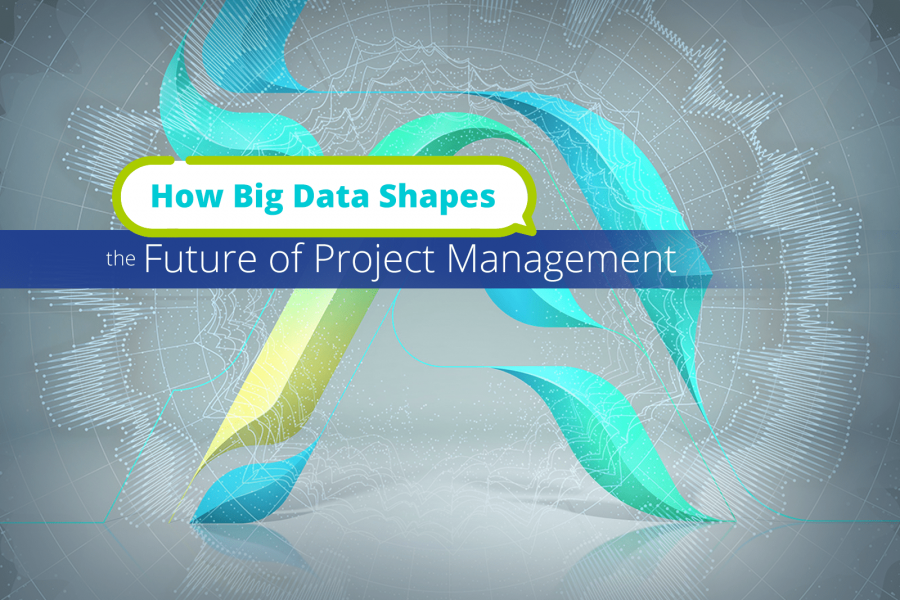
Big data is now very much established across industries to drive innovation and help businesses make important decisions. It also plays an important role in enhancing customer experiences while having a positive impact on revenue streams.
Big data and analytics also have an impact on how we work. For example, in healthcare, we can now quickly analyze patient records, insurance details, health plans, and other critical pieces of information to enable healthcare providers to offer enhanced patient experiences with rapid life-saving diagnoses.
When it comes to project management, data can be collected about the project’s business context, benefits, finance, regulatory environment, policies, and organizational project maturity. Data can also be collected about the related activities, events, and lessons learned during the course of the project.
This creates an opportunity for data to be utilized in different ways. For one, it can be used to develop and improve planning, control, and delivery protocols of the project. But the data can also be analyzed to shape the overall project management ecosystem.
Big data in project planning and delivery
At an enterprise level, planning and delivery activities are often heavily documented. This creates an opportunity to consolidate and analyze these activities.
If the company is already using a lot of technology to manage projects, it’s even easier to achieve this. This data can then be leveraged to derive valuable insights on how internal planning processes and parameters can be redefined to make the whole project more innovative and creative.
During the course of the undertaking, the project environment can also be analyzed and a significant amount of data can be collected about the project team members. This information can be related to the past project experience, education, skills, training programs, and performance evaluations. Data can also be collected to include conflicts, resolutions, attrition, team performance, and leadership.
This information can be consolidated and analyzed to gain insights on how businesses can form more effective teams. It can also be used to develop the optimum size and configuration of each project team, including the mix of skills and scalable leadership.
Big data in risk, quality, and resource management
Project management is dynamic and can be affected by a variety of internal and external forces. As a result, project team members should always actively identify and manage risks on an ongoing basis.
This means documenting everything from when a risk event happened to troubleshooting activities to resolve the issue. This data can then be used to identify, analyze, prioritize, monitor, and create risk response strategies.
Quality management, on the other hand, involves a lot of data that can be captured during the testing phase and at the time of delivery. This information will include policies, quality criteria, criteria thresholds, and the use of quality standards.
Quality assurance data can be analyzed to ensure that quality processes are being implemented and to make sure that standards and requirements are being met. Through data analytics, companies can develop new quality management frameworks and standards which include new quality control techniques, procedures, and parameters for measuring quality (to be measured against baseline standards).
Finally, resource data can also be collected and analyzed to enable improved procurement, allocation, and management. These can include infrastructure, tacit and explicit knowledge, finances, technologies, human inventory, and enterprise process assets.
Big data will essentially make project management more efficient by constantly adapting and improving processes to help teams work well together. It will also enable businesses to better manage their resources during the planning stage and throughout the course of the project.
DO YOU NEED STAFF FOR AN UPCOMING BIG DATA PROJECT ASAP? HIRE OUR TOP TALENT TODAY AND GET 10% OFF YOUR PROJECT DEVELOPMENT!









